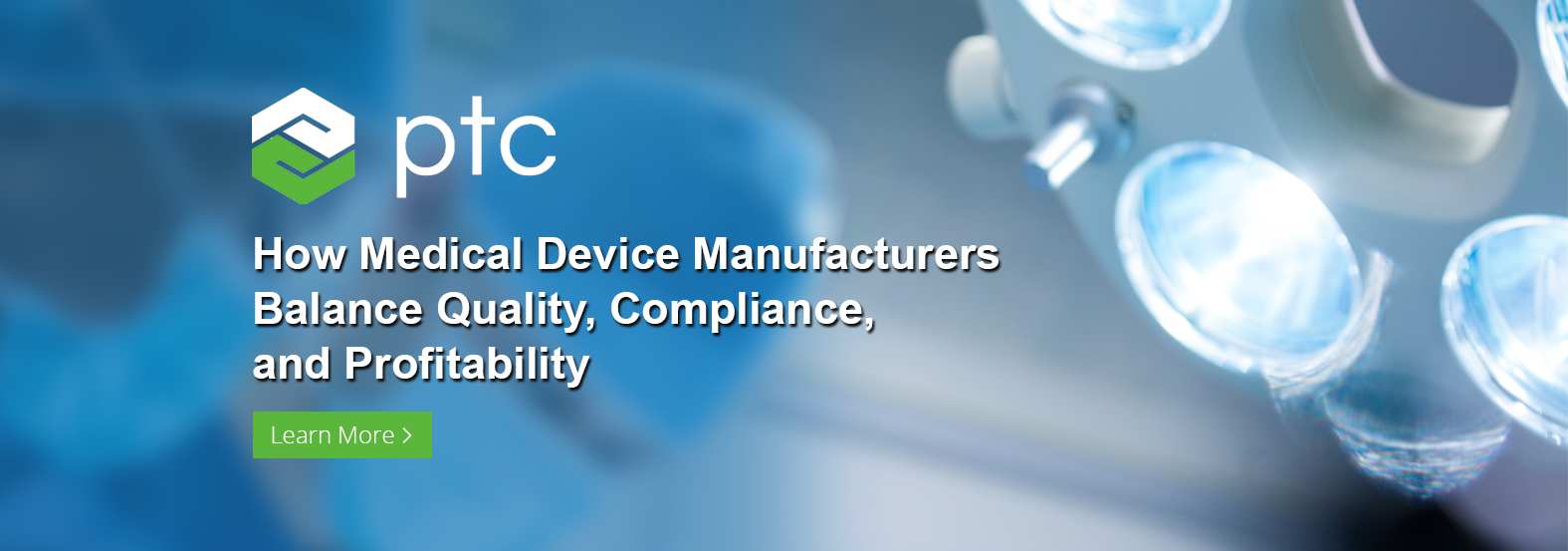
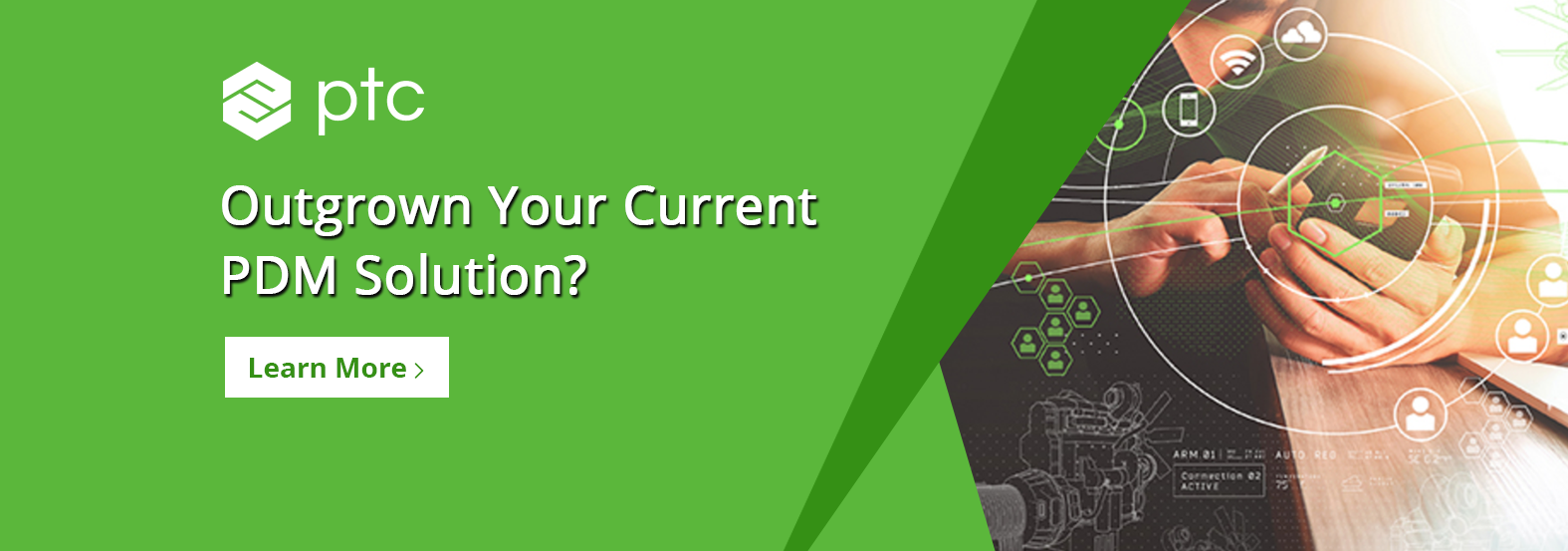

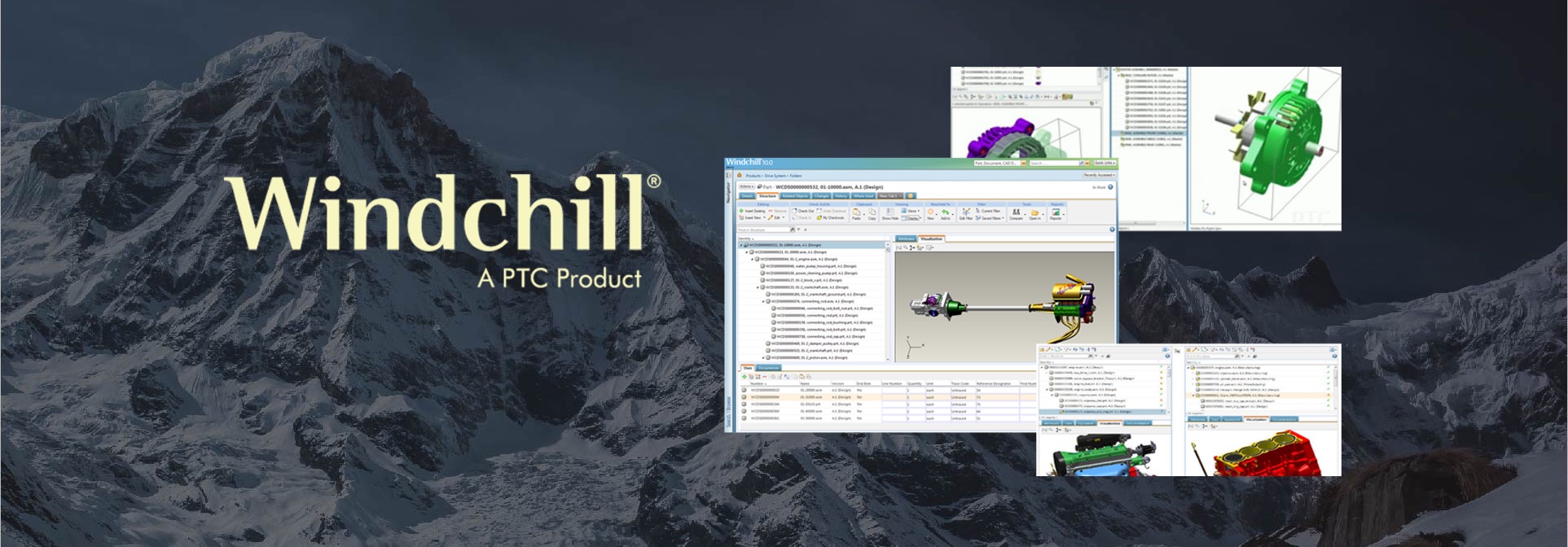


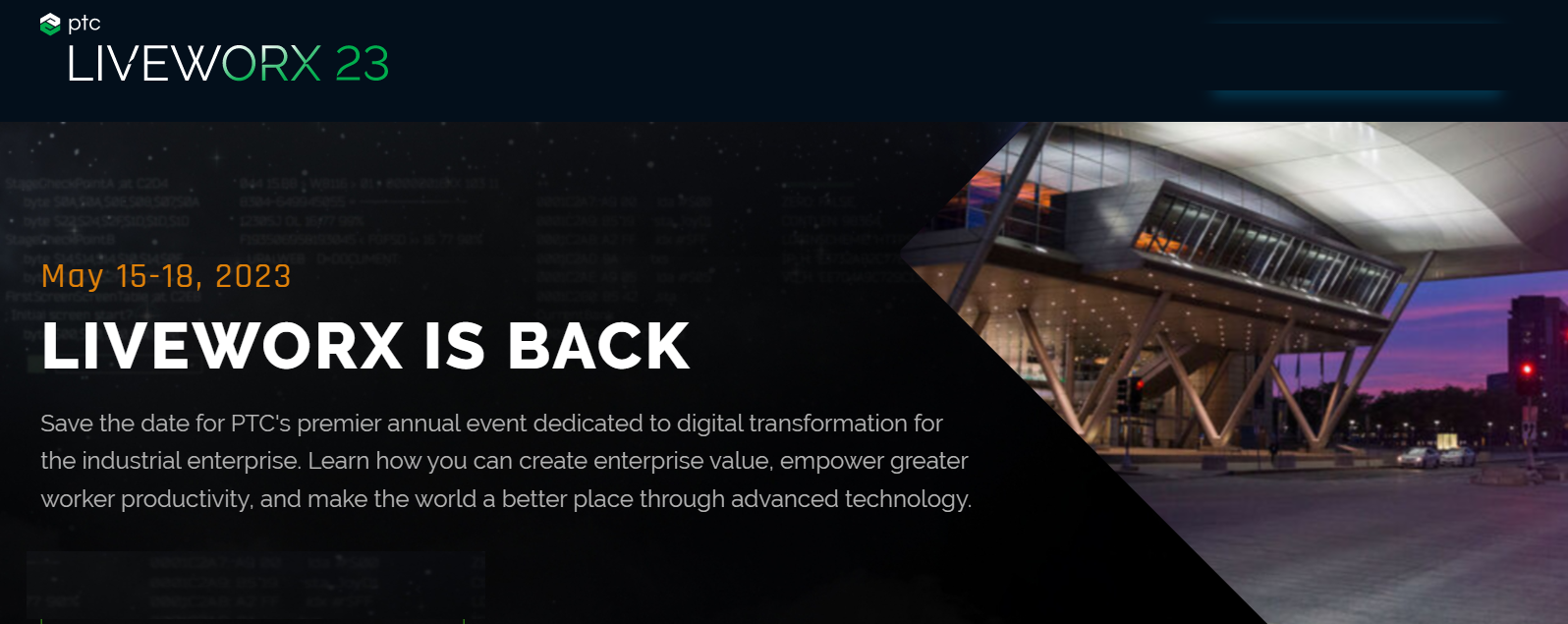

1-Slider-02-Text
3-Slider-09-Text
7-stategic-consulting
8-slider
Creo 9 Slider
LiveWorx 2023-2 (1) (1)
Creo10 Slider
Supported Industries
Aerospace
Automotive

Electronics & High-Tech
Energy
Life Sciences
Solutions We Provide
Since 2007, Datafrond has offered industry proven best practice processes, technology solutions and services for small to mid-size businesses looking to improve their product development and quality management processes in addition to implementing their PLM, digital thread and IIoT strategies.
Business Advisory Consulting
Business Process Consulting
Technology Consulting
Implementation & Training
System Support
Product Data Management
Product Life Cycle Management
Product Quality Management
Internet of Things
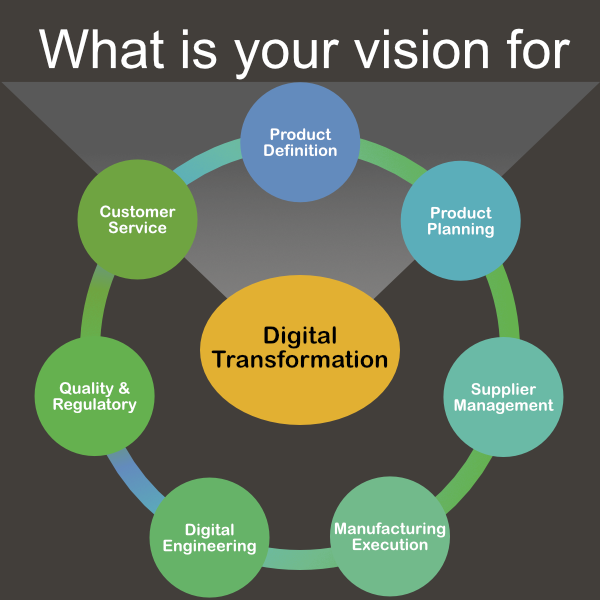
Datafrond can help you to navigate the many challenges with your Digital Transformation including adapting business processes, harnessing information technology and implementing organizational changes.
Our business knowledge, combined with our expertise in software deployments, allows us to help companies maximize the value of digital information throughout the enterprise.
Upcoming Events
no posts found
What Our Clients Say about Us
Datafrond is a highly competent boutique firm focused on solving customer’s PLM needs, seamlessly integrating it into our business. They have been able to architect and deploy solutions in a fraction of the time and cost of larger consulting firms.

Jeffrey L Burk
Director, Global Product Organization, Whirlpool Corporation
We have worked with Datafrond over three years on different aspects of a Windchill PLM implementation including Business and Use Case Analysis, System Assessment and Configuration, and System Customization . They have always been professional, well organized, and qualified to do whatever was asked. They have rolled up their sleeves and worked elbow to elbow with us in delivering customer requirements and adding business value to our PLM implementation.
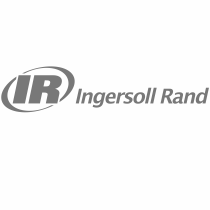
Jeff Lewis
Manager, E&T IT, Residential Solutions, a business of Ingersoll Rand
Collaboration with Datafrond has been instrumental in establishing a realistic project timeline with a phased-in approach that reduces risk during the transition from current to future state.

Betsy Lawrence
Manager, Documentation Services, Starkey Hearing Technologies
“When we decided to upgrade our on premises Windchill environment to a more scalable and sustainable PLM solution, we selected Datafrond as one of our partners to guide us through the process of selecting the best option for our business globally. We evaluated the offerings from multiple solution providers thoroughly, which resulted in Windchill and Arena PLM being the final candidates. The decision process led us to select Arena. We selected Datafrond's team of experts to lead us through a successful migration from Windchill to our new Arena environment.”

Linh T. Silen
Senior Manager, Data Governance & Solutions
“We selected the Datafrond as our partner to maintain our on-premises custom Windchill PLM environment. Throughout our relationship, the Datafrond team has managed our Windchill environment, provided excellent support services, guided us through several Windchill system upgrades, and developed enhancements for our custom environment including a business reporting package.”

Blair Malmgren
Engineering Systems Analyst
Datafrond has provided insight across multiple industry segments and a PLM solution that promises to shorten initial implementation schedules. Datafrond PLM solution also provides a scalable approach to adding functionality over time that will be seamlessly integrated with previous modules.
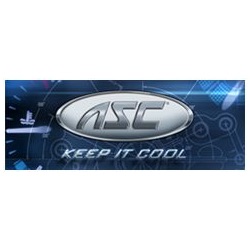
Kevin Stahl
Director of Information Technologies, ASC Industries Inc.
“Based on the successful initial implementation of Windchill within ESAB since 2013 and the high level of customer service supporting that environment, we selected Datafrond to lead us in our
migration from legacy CAD tools to Creo, migrate our legacy data and deploy standard PLM processes in Windchill. With Datafrond's expertise and guidance, we were able to successfully complete this complex project enabling a global business to act with a PLM through
a global workforce.”

Gareth Pemberton
Director of Innovation at GCE an ESAB Group Company
“Datafrond has been supporting our on premises Windchill PLM environment for over ten years. During that time their team of experts have always been responsive to our support needs and guided us through several Windchill upgrades during this time. When we made the decision to migrate our on premises Windchill environment to the cloud, we chose to migrate to the Datafrond’s Windchill Cloud solution and with their assistance successfully completed our migration to the cloud.”

Jeff Crawford
Senior Director of Technical Services



